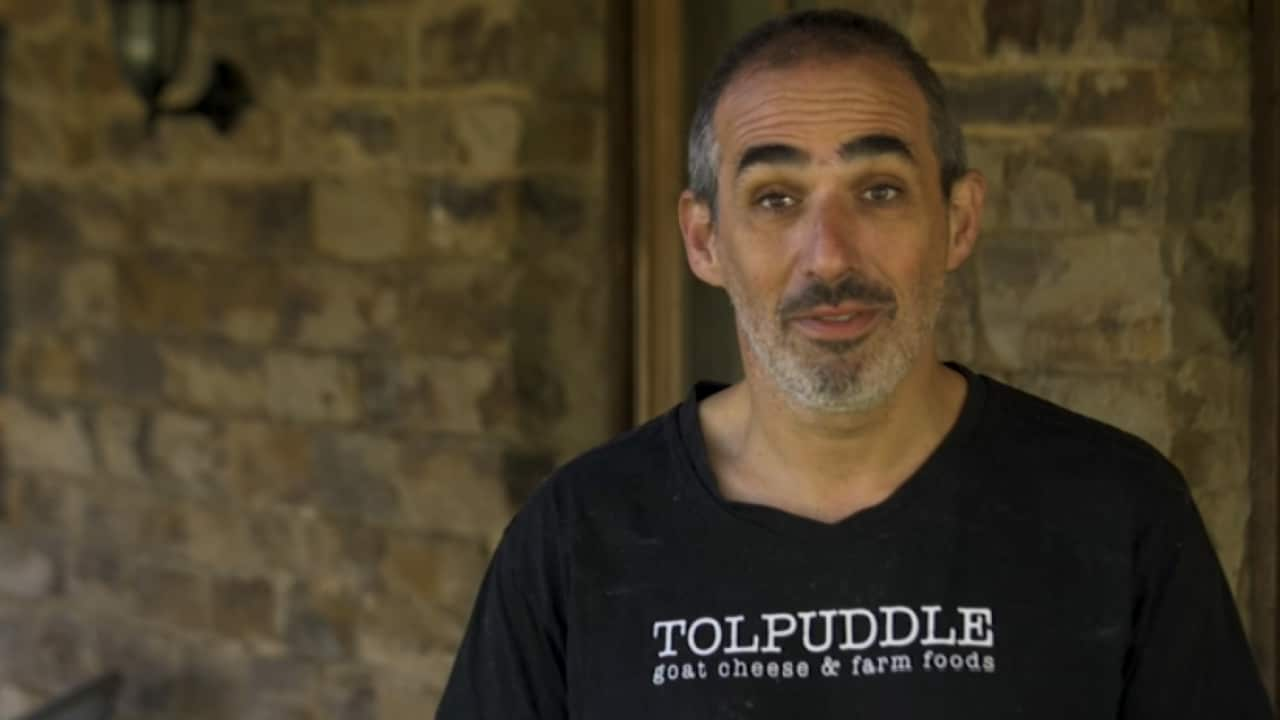Australians can expect more concurrent and consecutive disaster events like those of the past year - with bushfires coinciding with drought and heatwaves, followed by storms and flooding, a major report into last summer’s catastrophic bushfires has warned.
The final report from the Royal Commission into the 2019-2020 bushfires was released on Friday, making 80 recommendations for how authorities could deal with future events.
Among its key recommendations are that the federal government have the power to declare a national emergency, a meeting of state and territory leaders like the national cabinet during disasters to take place, and a new body to coordinate national efforts be set up.
The report makes several references to the severity of the fires and the role that climate change played in exacerbating them.
“Further global warming over the next two decades is inevitable,” it said. Commission chair Mark Binskin said it was clear such bushfire events would be more frequent and more severe.
Commission chair Mark Binskin said it was clear such bushfire events would be more frequent and more severe.

Many parts of Australia are still recovering from one of the worst bushfire seasons on record. Source: AAP
“As the events of the 2019-2020 bushfire season show, what was unprecedented is now our future,” he said in the report’s foreward.
The report warned catastrophic fire conditions may become more common, rendering traditional bushfire prediction models and firefighting techniques less effective.
“We can also expect more concurrent and consecutive hazard events. For example, in the last 12 months there was drought, heatwaves and bushfires, followed by severe storms, flooding and a pandemic.”
“There are likely to be natural disasters that are national in scale and consequence."
Former NSW fire chief Greg Mullins urged the government to respond to all the recommendations of the report.
“Because without that, we're dooming future generations to even worse," he told reporters in Sydney.
“We must deal with the fundamental problem that's driving this. That is climate change. There's no question now.”
The report also outlined how smoke from 19 weeks of continuous fire activity, may have led to the deaths of over 400 people, more than 3,300 hospital admissions for cardiovascular and respiratory conditions and 1,523 presentations to emergency departments for asthma.
The commission said the states should provide better nationally consistent local air quality information, as well as associated health advice.
It also said Australia needed a national approach to natural disasters.
Governments at all levels should be engaged, along with indigenous and other communities, to ensure effective disaster management, action and recovery.
"The summer of 2019-2020 - in which some communities experienced drought, heatwaves, bushfires, hailstorms, and flooding - provided only a glimpse of the types of events that Australia may face in the future." The commission said it should fall to the prime minister to declare a state of national emergency, which would be the catalyst for a more coherent, pre-emptive and expeditious mobilisation of federal government resources.
The commission said it should fall to the prime minister to declare a state of national emergency, which would be the catalyst for a more coherent, pre-emptive and expeditious mobilisation of federal government resources.

Evacuees from Mallacoota, Victoria, being transported on a landing craft to Royal Australian Navy (RAN) MV Sycamore during bushfire relief efforts. Source: AAP / Royal Australian Navy
Such a declaration would be an important signal to communities and individuals about the severity of the disaster and the need for government agencies, including the defence force, to be on high alert to help states and territories in the response and recovery efforts.
"Australia’s disaster outlook is alarming. States and territories alone may not be able to respond effectively to, or provide immediate relief or recovery from, extreme to catastrophic disasters," the report said.
Reacting to the report, the federal government said it expected to respond to the recommendations next week and said it would need to work on a definition of a national emergency declaration.
Emergency Management Minister David Littleproud also cautioned that a national declaration wasn't about the federal government taking over state responsibilities.
"This is not about the federal government coming in and taking over fighting fires or or doing swift river rescues ... the states are the best ones to do that - they are the professionals on the ground that are trained meticulously for that," he told reporters in Canberra.
The commission also restated a previous recommendation that a body similar to national cabinet be established to take charge of high-level, strategic decisions.
States and territories should also establish their own senior ministerial forums to support the body cabinet and make decisions on how finite resources may be shared across jurisdictions and how best to communicate with the public.
The commission further recommended a standing national resilience and recovery body be set up to better co-ordinate national efforts in those areas.
Last summer's fires raged across NSW, Victoria, the ACT and South Australia and burned through 10 million hectares, claiming 33 lives and destroyed 10,000 homes and other structures.
More than 80,000 head of livestock were killed and millions of native plants and animals were lost. Nearly three billion animals were killed or displaced.
Nearly three billion animals were killed or displaced.

A koala is rescued from the fires on Kangaroo Island. Source: AAP
La Trobe University ecologist Michael Clarke said only one recommendation relating to help for wildlife was disappointing.
"I would have liked to see some additional recommendations related to the recovery and protection of our wildlife, not just the documenting of its demise," he said in a statement.
"I don’t think international observers would think this issue has been given the serious consideration it needs, given we are custodians of such extraordinary and unique plants and animals."











